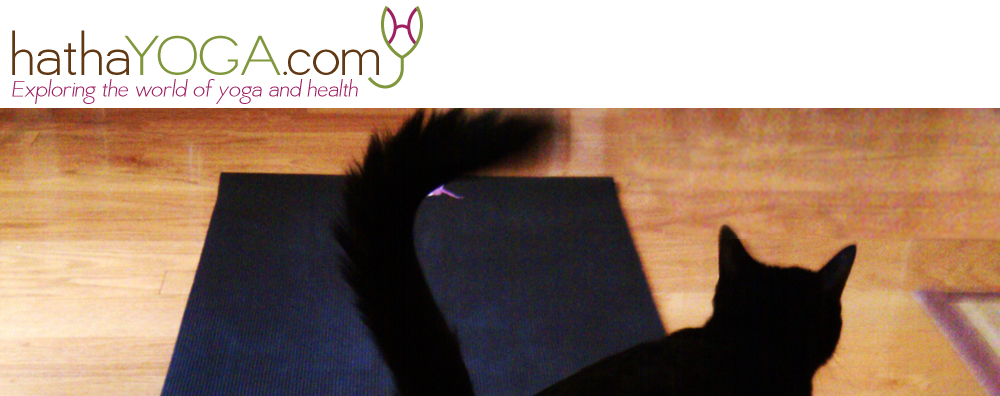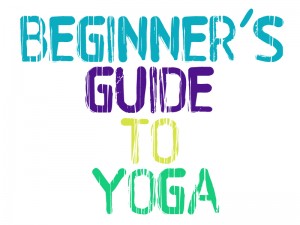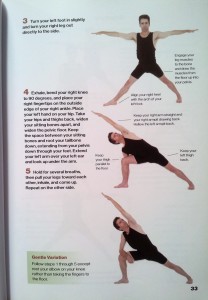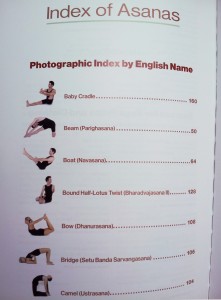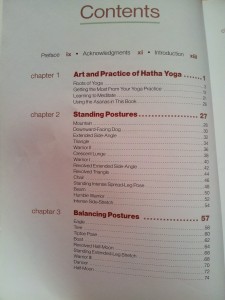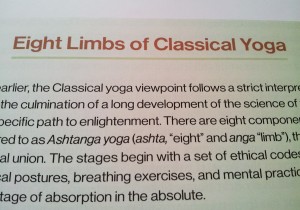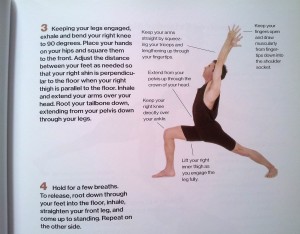Say you want to start practicing yoga but you’re concerned that you might not be able to keep up or perform the poses correctly. Well, there’s a pretty easy solution to that. Get yourself a beginner’s guide to yoga.
It can be a little intimidating trying a new yoga class, especially if you think everyone but you knows what they are doing. For the record, that’s not always the case. Anyway, you can get a “leg up” by arming yourself with some yoga know-how just by picking up a book.
Be pro-“active”
Unless you’re the only student in class (that would be nice!), you can’t rely on your instructor to be sure you are performing every posture (asana) properly. Be proactive.
When starting any yoga program, either in group classes or at home, a beginner’s guide to yoga will help give you a solid head start. Knowing the names of the poses and how to perform them properly and safely will help you get the maximum benefit from your practice. It will also keep you from having to strain your neck to watch the teacher’s every move during class. Seriously!
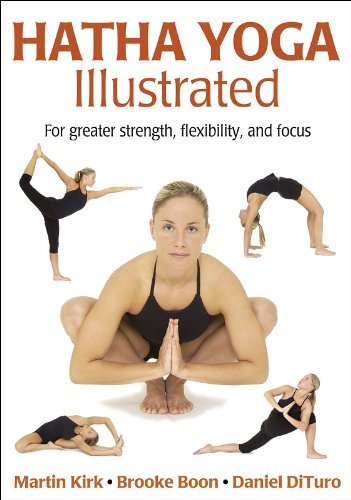
One beginner’s guide to yoga that I think is fantastic is “Hatha Yoga Illustrated” by Kirk, Boon and DiTuro. “Hatha Yoga Illustrated” clearly and concisely demonstrates how to perform yoga poses from start to finish.
It includes 77 standard hatha yoga poses with color photos and in depth descriptions. It has simple to follow step by step instructions, and notes detailing how to keep your body properly aligned.
Many of us have different preferences, physical abilities and fitness levels. Accordingly, the book gives several posture variations to choose from, including a “gentle variation” for those of us with limited flexibility.
You say gomukhasana, I say cow face
Not only does the book have a photographic index with the list of postures by their English names,
it also has an alphabetical list of postures by their Sanskrit names which is enormously helpful.
I find that in group classes or with yoga videos, some instructors use the English names for yoga postures while others use the Sanskrit names. So, as a yoga student, you have an obvious advantage knowing both.
Content with the contents
This beginner’s guide to yoga also gives a brief overview of the history and evolution of hatha yoga (the physical practice of yoga). You don’t have to know the entire history of yoga for its physical practice. But I do think having at least a little bit of background knowledge enhances your practice and make it that much more engaging.
Pocket beginner’s guide to yoga
One of the authors of “Hatha Yoga illustrated” also co-authored a pocket guide to yoga asanas aptly titled “Hatha Yoga Asanas: Pocket Guide for Personal Practice”:
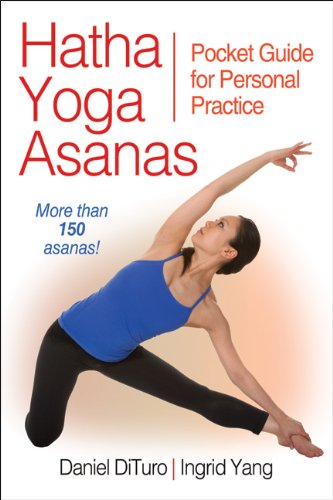
A yoga pose chart can be useful as a quick reference guide. However, knowing how to perform the poses correctly is extremely vital to making the most of your practice, and doing so safely.
I highly recommend “Hatha Yoga Illustrated” as a beginner’s guide to yoga. It’s also a great resource for anyone who wants to fine tune their practice and be sure they are performing the postures properly, and for maximum benefit.
